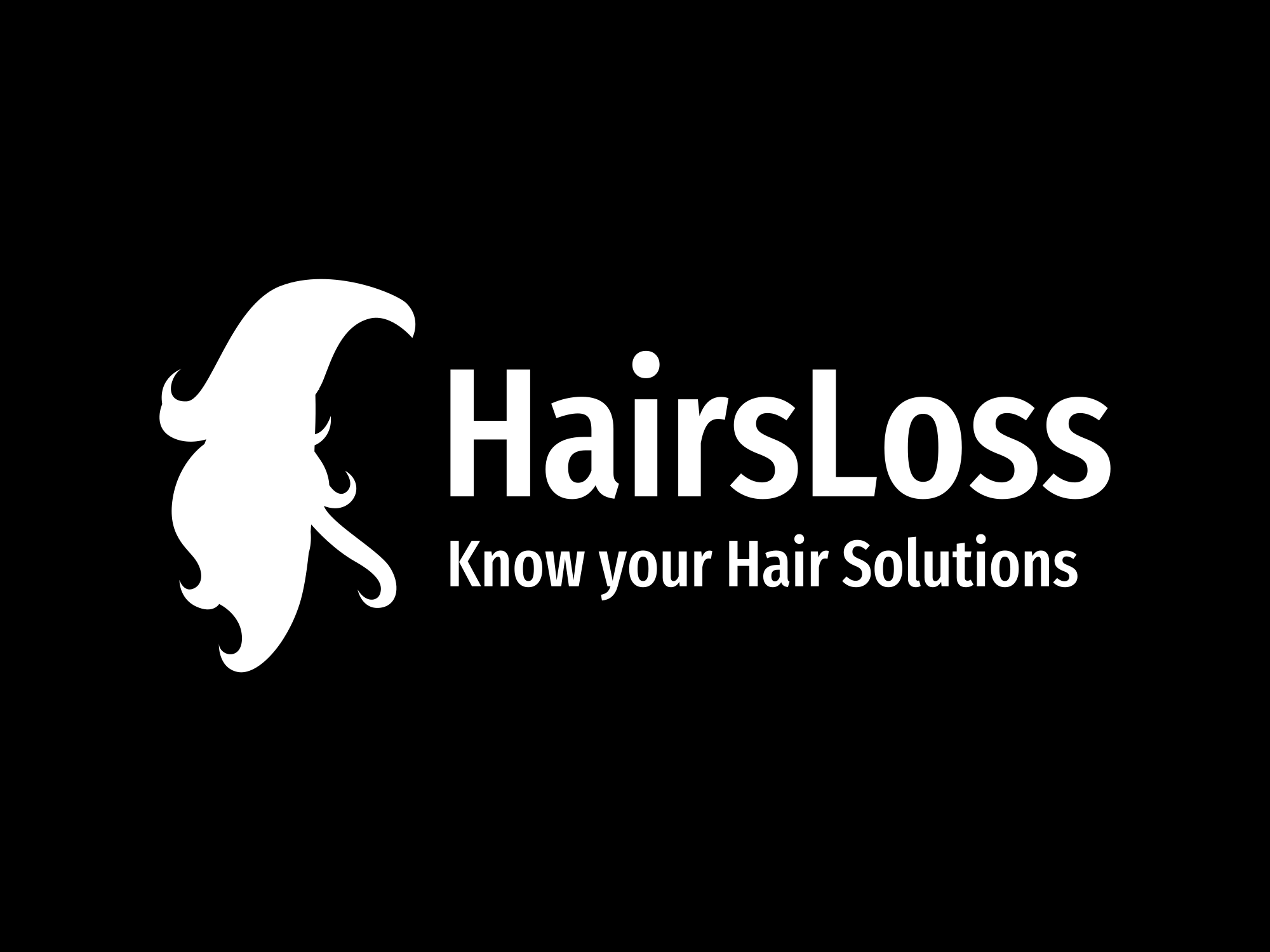Hair loss is a common issue that affects both men and women. About 50% of men over the age of 50 and roughly 25% of women experience noticeable hair thinning or bald spots. There are many potential causes for hair loss including genetics, aging, hormones, medical conditions, medications, stress, poor nutrition, etc. In this article we talk about How Effective Is Minoxidil for Treating Hair Loss in Men and Women?
One of the most well-known and widely used treatments for regrowing hair is minoxidil. But how effective is minoxidil really for treating hair loss? In this blog post, we’ll explore what minoxidil is, how it works, its efficacy in clinical studies, and key considerations for using it to treat hair loss effectively in both men and women.
What is Minoxidil?
Minoxidil is a vasodilator medication that was originally developed and used orally for treating high blood pressure. One of the side effects noticed was excessive hair growth or hypertrichosis in some patients. Further testing showed applying minoxidil topically could stimulate hair regrowth.
In 1988, 2% minoxidil topical solution was first FDA approved and marketed under the brand name Rogaine for treating male pattern baldness. A 5% minoxidil formulation was later approved in 1991 for men and eventually in 2006 for women. Generic versions are now widely available over-the-counter in 2% and 5% concentrations.
How Does Minoxidil Work for Hair Regrowth?
The exact mechanism by which minoxidil stimulates hair regrowth is not fully understood. The leading theory is that it works by enlarging hair follicles and prolonging the anagen or growth phase of hair. Minoxidil appears to stimulate hair follicles that have shrunk but are still viable.
As a vasodilator, minoxidil also increases blood circulation in the scalp, which provides more oxygen and nutrients to hair follicles allowing hairs to grow stronger and healthier. The widening of blood vessels may also trigger the release of growth factors which further stimulate hair regrowth.
Efficacy of Minoxidil from Clinical Studies
Numerous clinical studies have demonstrated that minoxidil is effective for treating hereditary hair loss and regrowing hair. While results can vary significantly from person to person, on average participants using minoxidil long-term experienced 30-40% more hair regrowth compared to those using a placebo.
In one major review study analyzing data from over 11,000 men using minoxidil for male pattern baldness, results found:
– 16% more hair regrowth with 2% minoxidil after 48 weeks
– 55% significantly increased hair regrowth with 5% minoxidil at 48 weeks
For women, a 2018 study published in Skin Therapy Letter showed the following efficacy of minoxidil:
– Women using 2% minoxidil saw an average of 45% more non-vellus hair regrowth after 32 weeks
– Treatment with 5% minoxidil for 48 weeks resulted in an average of 51% more visible hair growth
So while minoxidil isn’t a cure and results vary widely, consistent use for at least 4 months up to a year can lead to substantial hair regrowth in many people. Maximum results are typically seen between 12 to 24 months of continued treatment.
Using Minoxidil Effectively for Hair Loss
If you decide to try using minoxidil for recovering lost hair, here are some key tips to get the best results:
Be consistent – Applying minoxidil at least 1-2 times daily is essential for the medication to be effective. Be diligent and don’t skip applications.
Give it time – Patience is required as it can take 3-6 months before the first signs of new hair growth appear. Ongoing use is necessary to maintain and maximize hair regrowth.
Use the 5% solution – Clinical evidence indicates the 5% formulation leads to significantly better hair regrowth compared to 2% minoxidil.
Apply correctly – Make sure to apply minoxidil directly onto dry scalp and skin using the applicator. Part hair to better reach thinning areas and maximize scalp absorption.
Continue other treatments – Minoxidil works best alongside other treatments like finasteride pills, microneedling, laser devices, hair transplants, etc. Combination therapy often leads to better results.
Monitor for side effects – While relatively rare, minoxidil can sometimes cause unwanted facial/body hair, scalp irritation, or shedding. Adjust treatment if side effects are intolerable.
Consider a hair loss specialist – Consulting a dermatologist or trichologist specializing in hair loss can help optimize treatment regimens and improve efficacy of minoxidil.
In Conclusion
While no hair loss treatment is universally effective, minoxidil has been proven in studies to safely and successfully regrow hair when used correctly and consistently long-term. For many people seeking an accessible, non-invasive treatment option for improving hair thickness, minoxidil can be an excellent first line therapy to try under guidance from a doctor. I sincerely hope you find this “How Effective Is Minoxidil for Treating Hair Loss in Men and Women?” article helpful.
